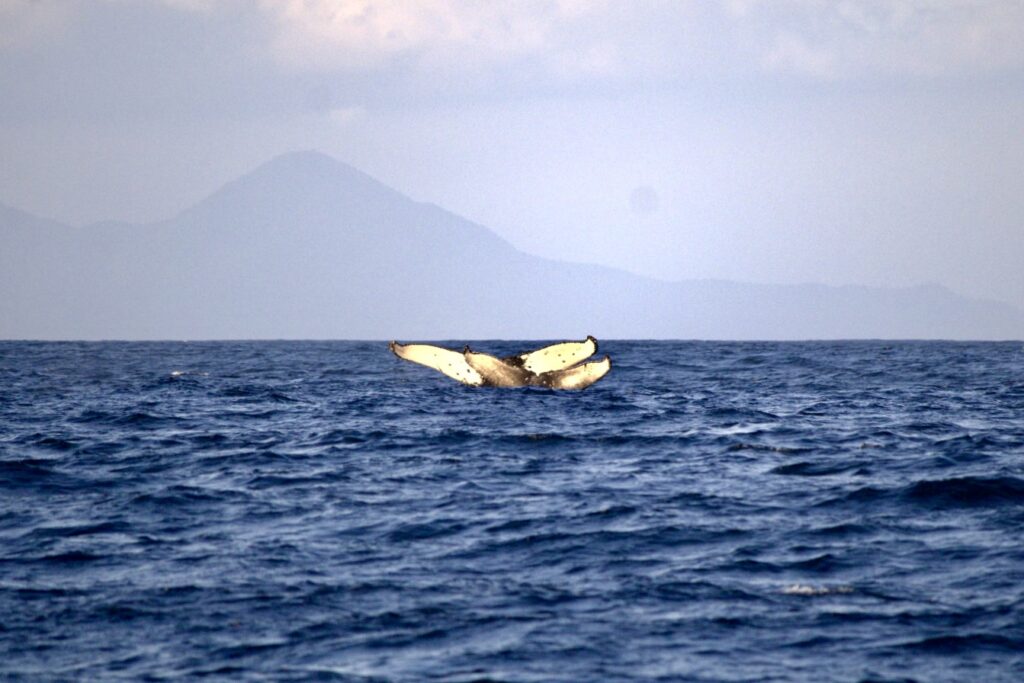Majestic Humpback Whales Grace Rio’s Shores: A Beacon of Hope for Conservation Efforts
By C. Malleret | Published: Jun 23, 2024 | Updated: Jun 23, 2024
In Rio de Janeiro, against the awe-inspiring panorama of its iconic skyline, an unforgettable sight unfolds—a humpback whale’s tail elegantly flicks above the water.
“We’ve just encountered a mother and her calf. They’re surfacing to breathe, showing their dorsal fins. Now, we’re going to see the tail,” elatedly explains marine biologist Bruna Rezende. Her fellow boat passengers erupt into jubilant cheers at the captivating spectacle.
For many, catching a glimpse of these majestic marine mammals is a once-in-a-lifetime experience. Even for seasoned researchers like Ms. Rezende, the encounter with these monumental creatures, which can reach lengths of up to 16 meters, never ceases to inspire awe.
This memorable scene has become an increasingly familiar sight off the coast of Rio during the migration season, which spans from June to September. This year marks the inaugural opportunity for both tourists and locals to partake in whale-watching tours in the region.
This initiative is a result of the extraordinary recovery of Brazil’s humpback whale population. Conservationists are optimistic that these tours will further safeguard these “sentinels of the sea,” whose populations often reflect the health of marine ecosystems.
A Conservation Success Story
Conservationists affirm that marine observation can heighten awareness and aid in the protection of whales and other forms of marine life. (Photo: Bruna Rezende/Amigos da Baleia Jubarte)
Similar to many parts of the world, Brazil’s humpback whale population, which migrates from Antarctica to reproduce, was on the brink of extinction due to relentless hunting. By the time the international whaling moratorium was implemented in 1986, only about 500 humpbacks were estimated to remain in the Brazilian waters.
Nearly four decades later, this moratorium stands as a testament to the resilience of species under threat and underscores the profound impact of international cooperation in conservation efforts. The revitalized humpback population is a beacon of hope, signaling a successful chapter in the story of environmental preservation.
This resurgence in whale numbers is credited to stringent protective measures and heightened global awareness, mirroring historic conservation milestones such as the protection efforts for African elephants highlighted in the 1989 ivory trade ban or the Endangered Species Act of 1973 in the United States.
As Rio de Janeiro welcomes these gentle giants back to its shores, it brings into sharp focus the critical need for continued vigilance and proactive measures to protect our planet’s diverse and fragile ecosystems.
For more information and updates, visit The Brazilian Report.
